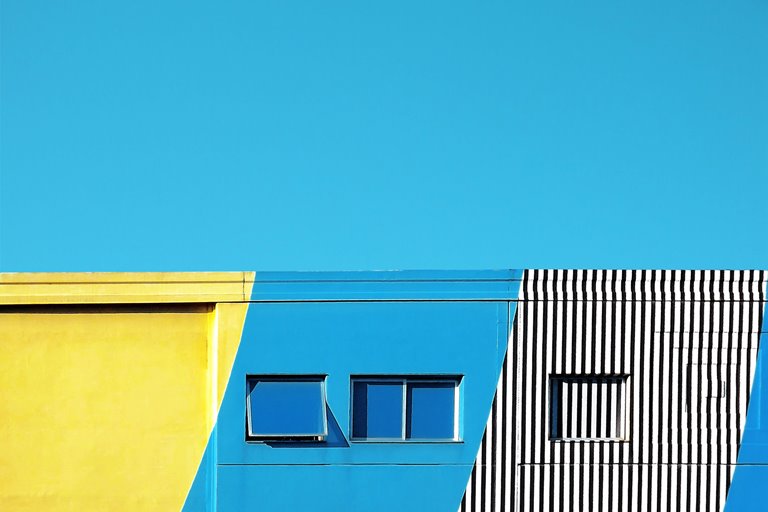What Is Minimalistic Photography? Everything You Need To Know
In Minimalist Photography, Minimal Elements Are Used To Convey The Message Of The Photo. In This Article, We Will Talk About The Principles And Techniques Of This Genre Of Photography.
Minimalism originally began as an art movement. In this style, all misleading elements are removed, and the image’s message is conveyed with the minimum number of factors. This style has entered not only art forms but also people’s lifestyles, and its slogan is: “Maintain simplicity.”
Minimalism in photography has a clear message: the photo’s story is simple, the elements are reduced to a minimum, and clean space is added. Minimalist photography is the photography of the most detailed images in the most attractive ways possible.
Like a minimalist lifestyle, you should eliminate what you don’t need and make the most of what you have. So, keep this definition in mind when photographing minimalism. It would help if you showed the subject of photography using minimal visual elements.
In this article, we will look at the definition of minimalist art, the essential components of minimalist photography, and how to start photography and capture minimal images.
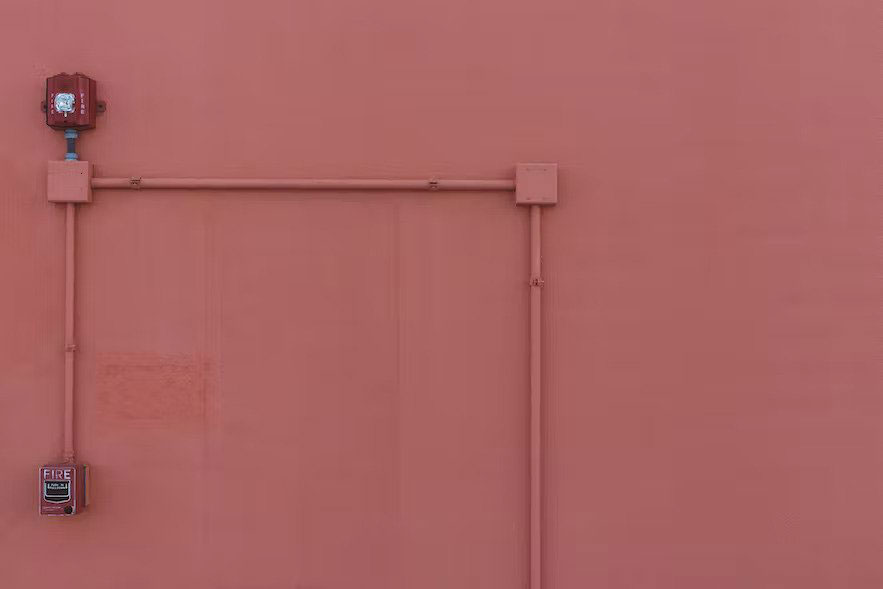
Minimal photography is an excellent genre for simplifying works.
What is minimal photography?
Minimal photography is a genre focused on simplicity. This style focuses on the simple use of compositional elements. In this style, all unnecessary components are removed to express the subject’s essence; Therefore, minimalist art’s goal is to convey the concept with the least possible complexity.

The goal of minimalist art is to convey a message in the simplest possible way.
The Minimalism movement emerged in the 1960s among New York artists looking for different mediums for artistic expression. To challenge the traditional concept of the art of their time, they presented an imaginary vision of it. They taught the audience that it is better to appreciate the small details of the subjects. Minimalism is partly rooted in the art of sculpture and then found its way into visual arts, architecture, interior design, and photography.
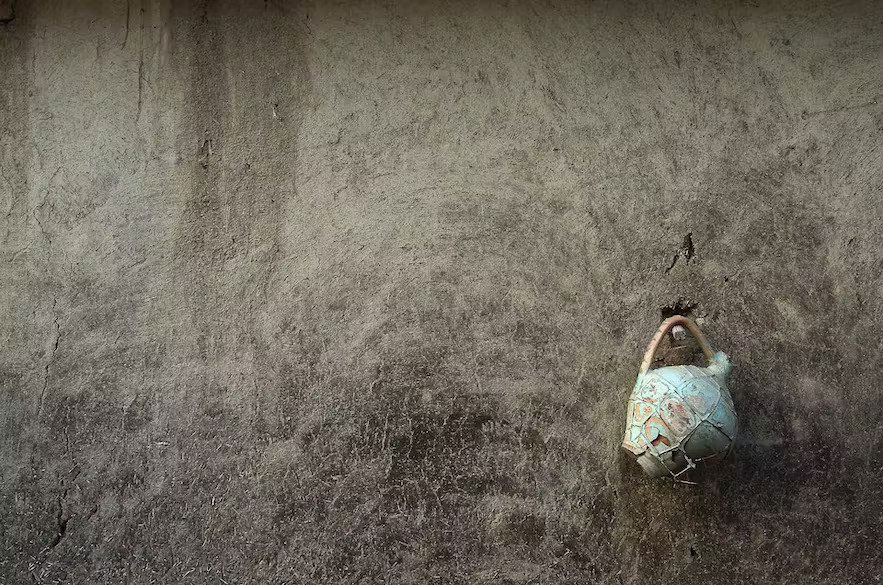
Minimalism has roots in sculpture.
Minimal photography equipment
One of the most attractive features of the minimalism mentality is this slogan: “Less is more.” Based on this mentality, minimal equipment can use for photography. Smartphones are good options for minimal photography. However, DSLRs technically outperform in the depth of field and bokeh effect. The tiny sensors of smartphones cannot record the bokeh effect, But most of the time, the bokeh effect is not needed in minimal photography. Sharp lines and clear contrasts without bokeh are acceptable.
Lens selection
You can use any lens for minimal photography, But some lenses are suitable for specific environments; As a result, choosing your lens more carefully is better. In most minimal photos, you need two things:
- Wide field of view
- Too much distance between you and the subject
You can achieve a wide field of view with wide lenses and capture minimal images from a distance with telephoto lenses. If you are shooting in a city with narrow streets, the focal length of 200 mm is unsuitable for achieving the desired effect. In this situation, wide lenses are better options. Wide lenses are not always practical. For example, what if you want to capture minimal images of mountains in the distance against a stormy sky? In this case, it is better to use a telephoto lens; Therefore, before anything else, ask yourself in what environment do you want to photograph? Is a wide lens or a telephoto lens more helpful in this environment?
The main components of minimalism photography
For a minimalist photo to be successful, you need to keep the form clear and straightforward. In addition, the composition should focus on shapes, textures, and colors. At the same time, the image should not necessarily have a narrative mode or refer to the content or convey personal ideas and thoughts or beliefs; Rather, the power of storytelling should focus solely on the main components.

One of the principles of minimalism photography is emphasizing shapes, lines, and colors.
The beginning of minimal photography
Now that you have a basic understanding of the theory of minimal photography, it’s time to take a look at the tips for getting started with this style of photography.

Minimization learning
When preparing to capture minimal photos, you need to learn to see the world around you differently. For example, instead of focusing on expansive vistas and filling the frame with too many subjects, try to direct the viewer’s eye to the main issue by minimizing distractions.
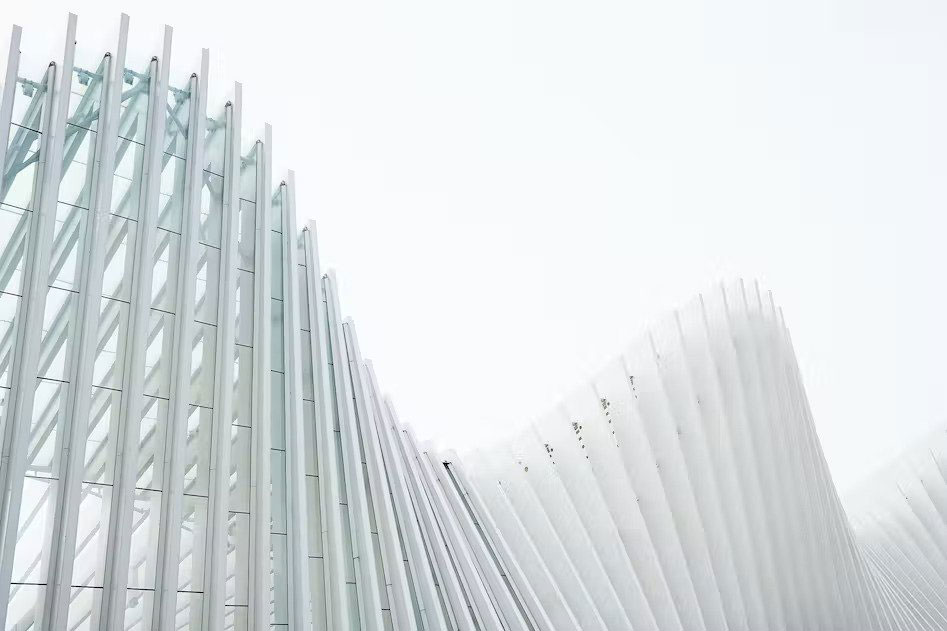
Learn to see the world in a different way
Humans instinctively remember a general picture of their surroundings to make the right decision for their safety and health. It isn’t easy to develop the skill of seeing differently. However, you can get straight to the nitty-gritty details once you get past the clutter.
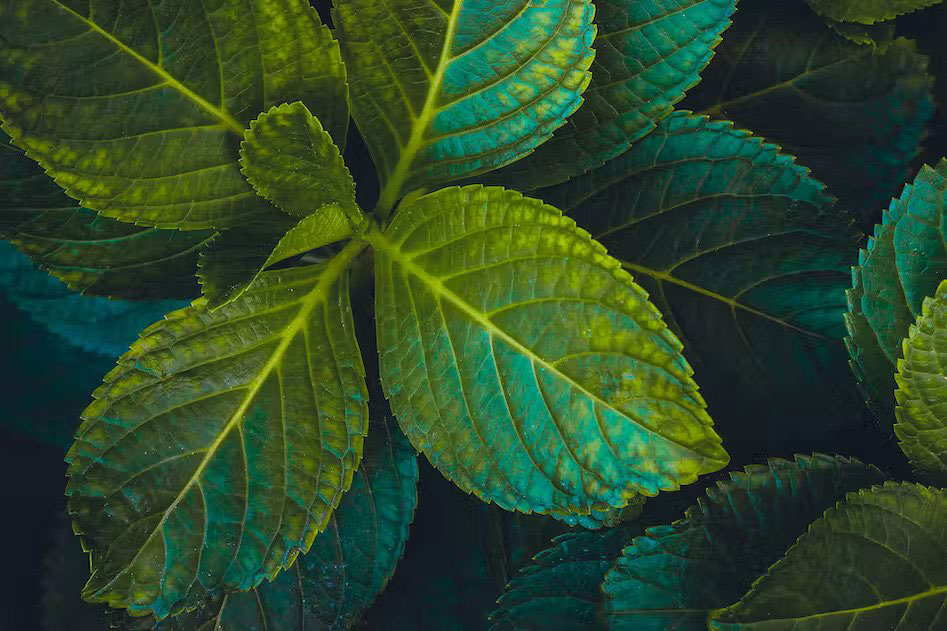
It is difficult to see the world without irregularities
Find an interesting subject
You can find exciting subjects of minimal photography around you, including the house’s surroundings, the yard to the streets, the beach, and anywhere else. For example, try photographing the objects on the desk in a minimum order or even in the kitchen of fruits or cutlery in appropriate compositions.

You can use beautiful objects inside the house for minimal photography.
For minimal outdoor photography, you need objects isolated from the background. For example, a lone tree or a mountain top surrounded by fog or even a cloud in the sky can be attractive subjects based on the type of framing. Some photographers go a step further and use drones or airplanes to photograph landscapes from the top down to show the simplicity better.
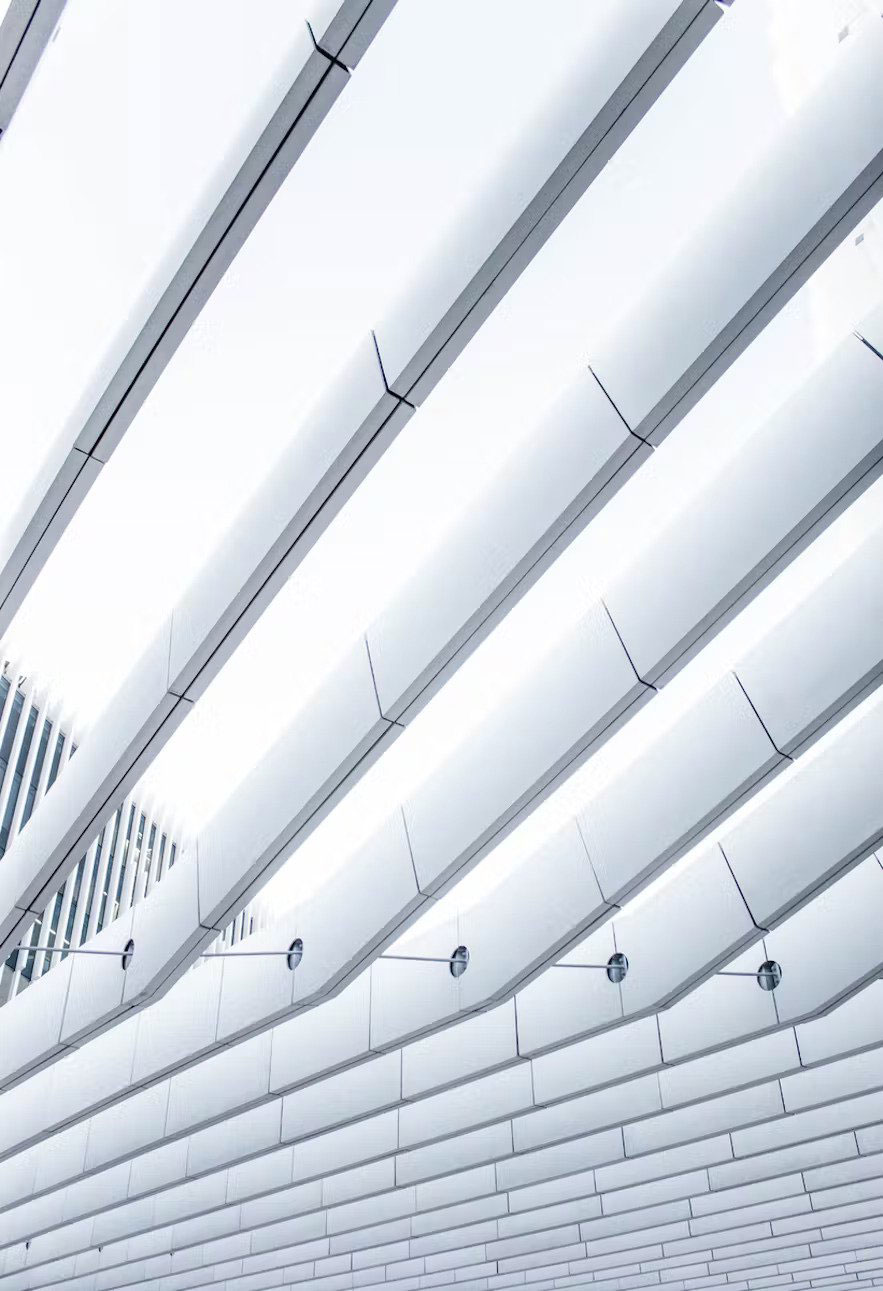
Architecture makes the best minimal images.
By approaching buildings and monuments and interior architectures, you can find an excellent opportunity to create minimal images. In these buildings, look for geometric patterns, textures, and the contrast between light and dark. All these features make great detail. Also, pay attention to stairs, windows, door frames, and even statues.

Stairs are exciting subjects for minimal photography
Although it may seem boring to see architectural issues around, it becomes easier to observe the problems as you progress in the minimalism genre; Because your eye learns to remove all surrounding distractions. Therefore, very soon, you can find the subjects around you with a little effort.
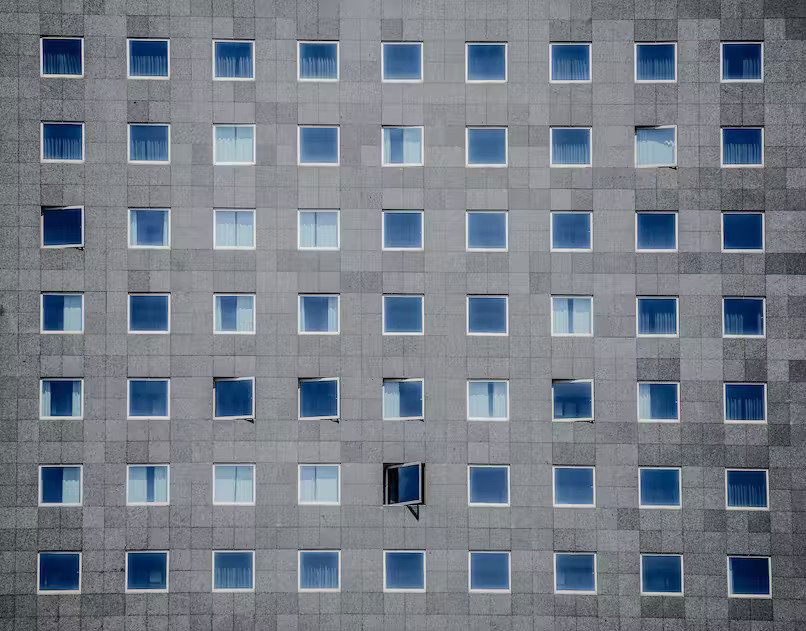
In the environment, you can find interesting subjects for minimal photography.
Choosing the right focal length
Although you can use any equipment to create minimal photos, different focal lengths produce different results.
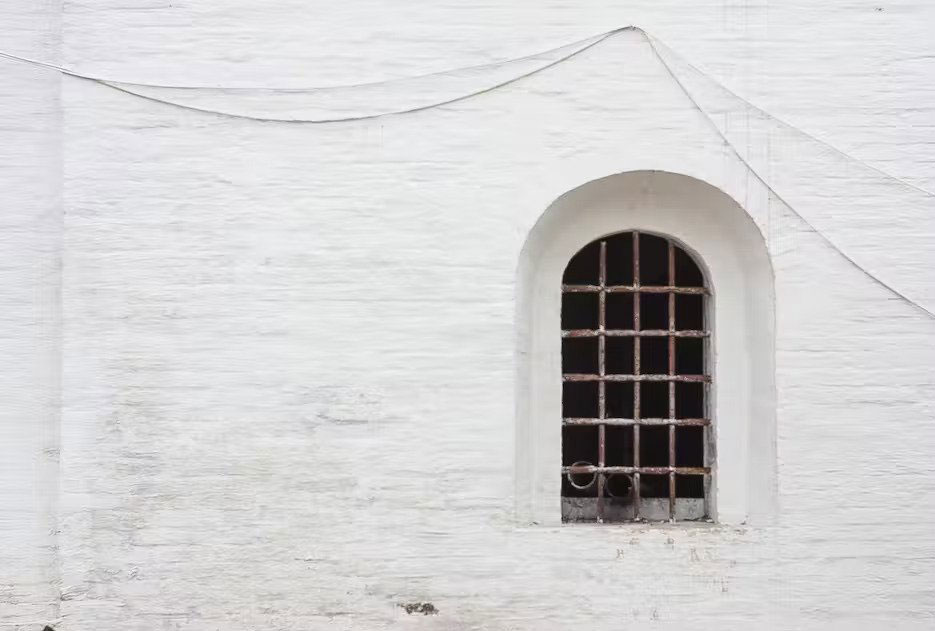
Choosing the right focal length depends on your creative goals
Wide lenses work well in indoor and closed spaces such as museums, libraries, or even living rooms. The wide field of view allows you to get close to your subjects and frame them in a large frame. At the same time, the distortion effect in most wide lenses can emphasize specific perspectives and make the issue appear bolder with a little effort.
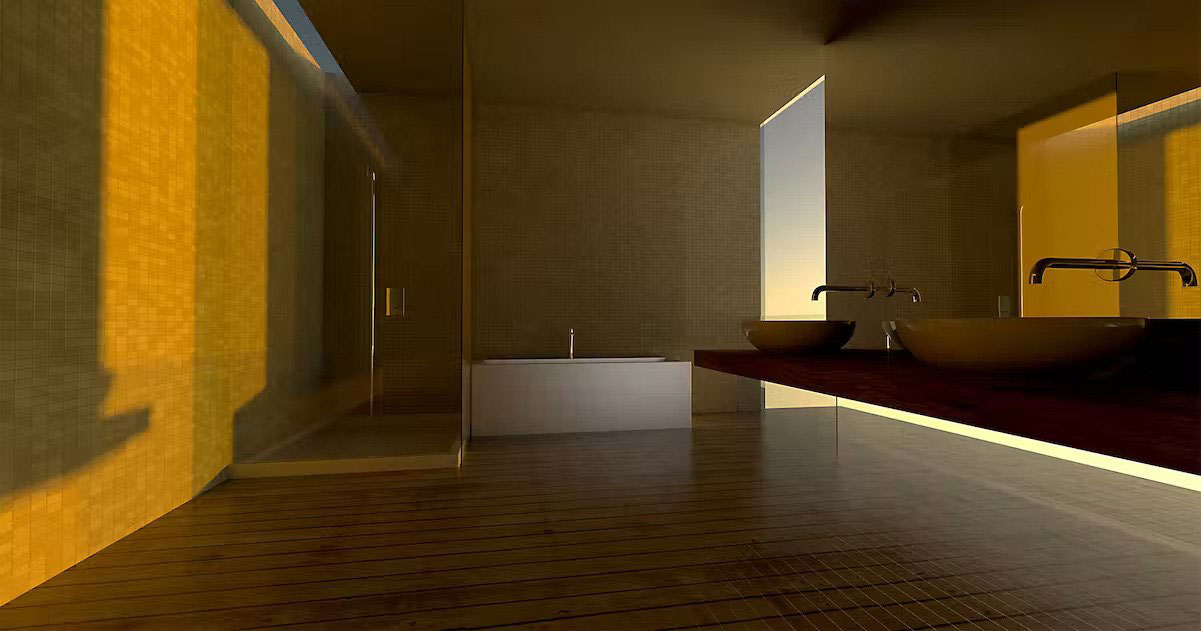
Wide lenses work well for closed indoor spaces.
Mid-range zoom lenses are helpful when you’re walking around town or seeing architecture and people in everyday life; Because these lenses usually cover a wide range of focal lengths, you can challenge your creativity for close-up subjects.
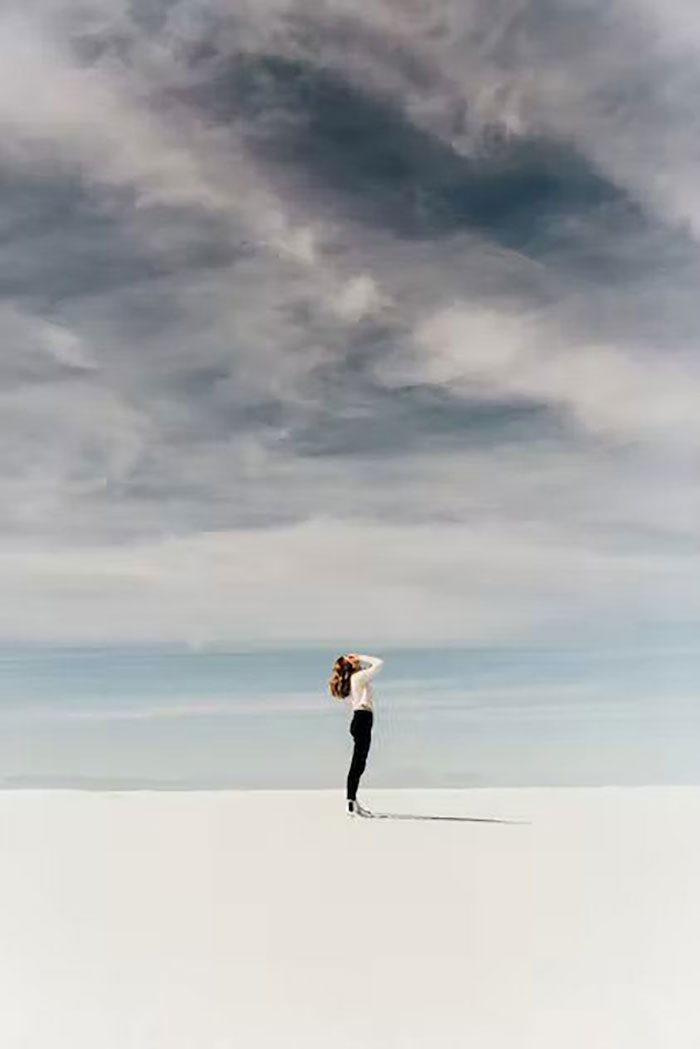
Mid-range zoom lenses are helpful for people and portraits
Telephoto lenses are a good option for minimal outdoor photography, such as photographing birds or subjects that are far away. With these lenses, you can capture a close view of a landscape and focus on details and textures. The zoom capability of telephoto lenses provides the advantage of reducing distractions without having to move too much.

Telephoto lenses are perfect for capturing abstract details
Composition in minimal photography
Minimal photos are nothing without solid composition. Without something to define the frame, the photos will be boring. Minimal images have few elements. Sometimes the subject against a simple background is the only element needed to create a perfect vision.

Strong composition in minimal photography has the fewest possible elements
The key to attracting attention in minimal photography is to combine an exciting subject with a robust design in which the least likely features are used. The main goal is to use minimal aspects while maintaining the image’s visual appeal. An important criterion is that the simpler your composition, the more meaningful the message.
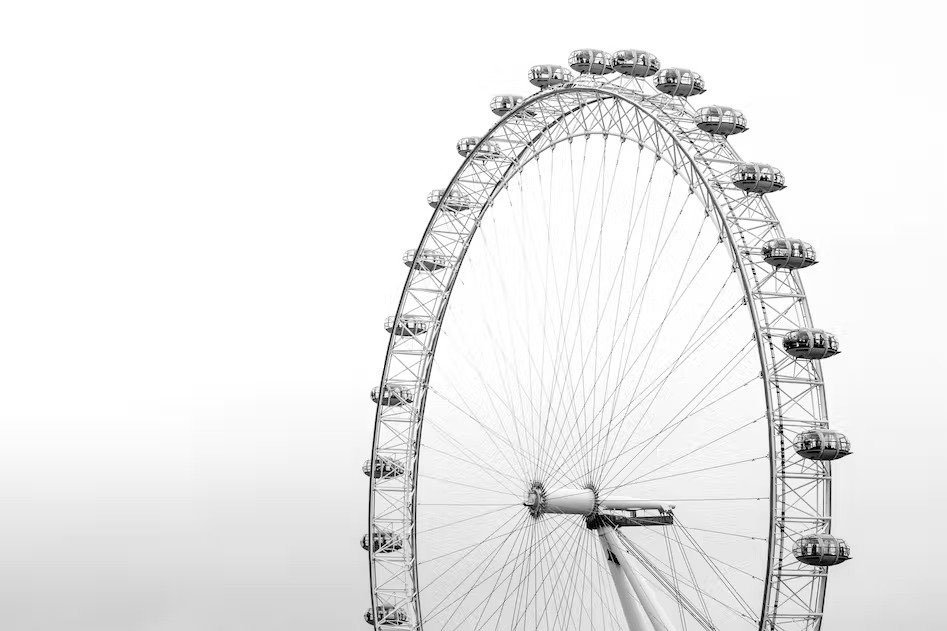
The simpler the composition, the more influential the message it conveys
The rule of one third
The rule of thirds is a practicing primary composition tool for creating minimal images. According to this law, the image frame is divided horizontally and vertically. Elements placed at the standard points of these lines create a more attractive and balanced composition. Based on the rule of thirds, you can easily decide how to frame your minimalist images to achieve a beautiful result.

The rule of thirds is a powerful compositional tool in minimal photography
Negative space in a photograph refers to areas around the subject that are intentionally kept empty. This composition tool is handy in minimal photography; Because it helps to reduce the distractions inside the image frame and emphasizes the subject more.

It shows the negative space of the subject more prominently
In most cases, the negative space provides space for the issue to breathe and create harmony and balance with the scene; As a result, using negative space is the best way to isolate the subject from its environment.
line
Lines are a powerful compositional tool in photography that can draw the viewer’s attention to the image and guide his eye. Also, guidelines can change the photo’s atmosphere or even play the role of the subject itself.
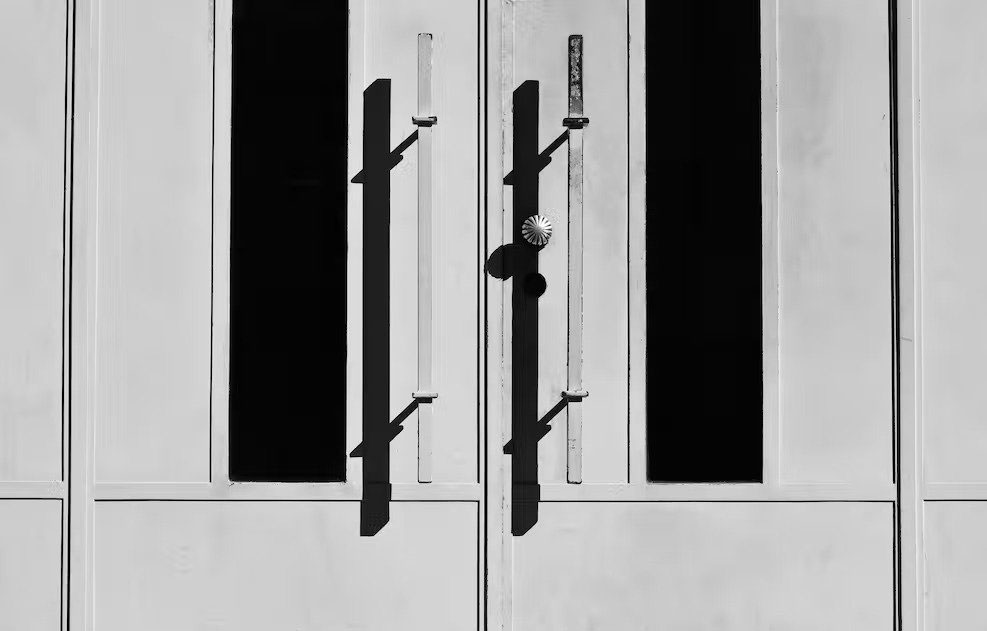
Lines can use to add depth to the image.
In minimal photography, you can use lines to divide the frame, create a sense of separation between subjects, define shapes, show the connection between two elements, and add a sense of depth.
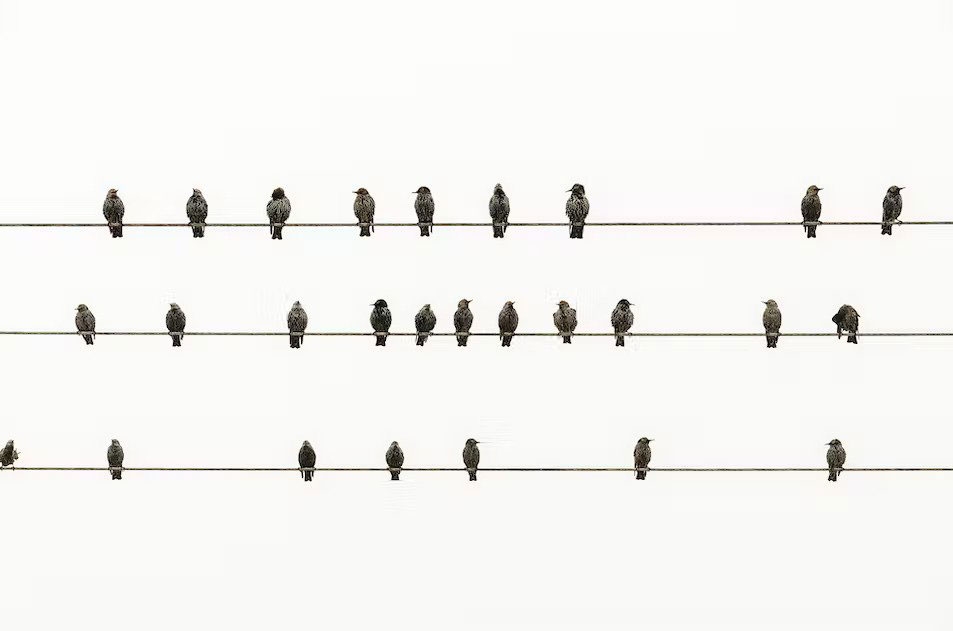
In minimal photography, lines are used to show the relationship between elements.
Shape
The art of minimal photography relies heavily on the compositional tool of “shape.” Regardless of whether shapes are geometric or abstract, they can use to create strong visual effects.
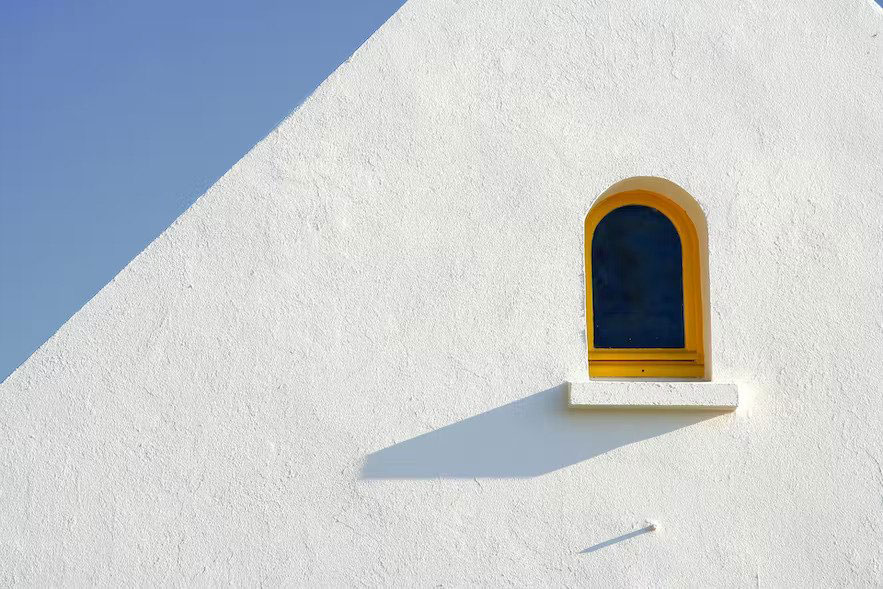
In minimal photography, it is challenging to master the shapes
Mastering the use of conditions in minimal photography is a difficult task; Because not only the physical aspect should be considered, but also the interaction between light, shadow, and color; But with the correct use of shapes, you can see an apparent effect in creating images.
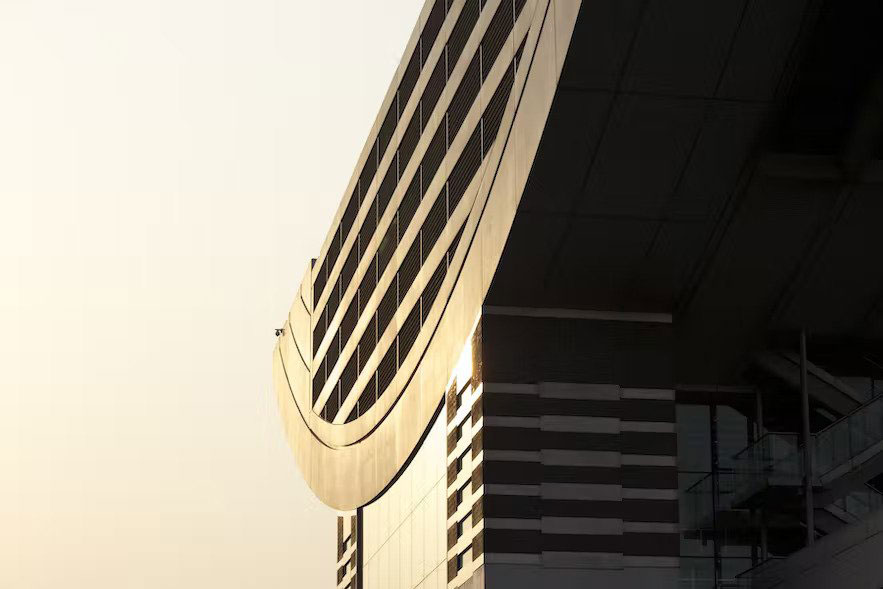
Cropping the image is an excellent way to emphasize the shape
Some techniques include cutting the image, dividing the scene by placing something in front of the subject out of focus or blurring, experimenting with depth of field, framing in such a way that the issue looks like something else, and negative space can use to emphasize shapes.
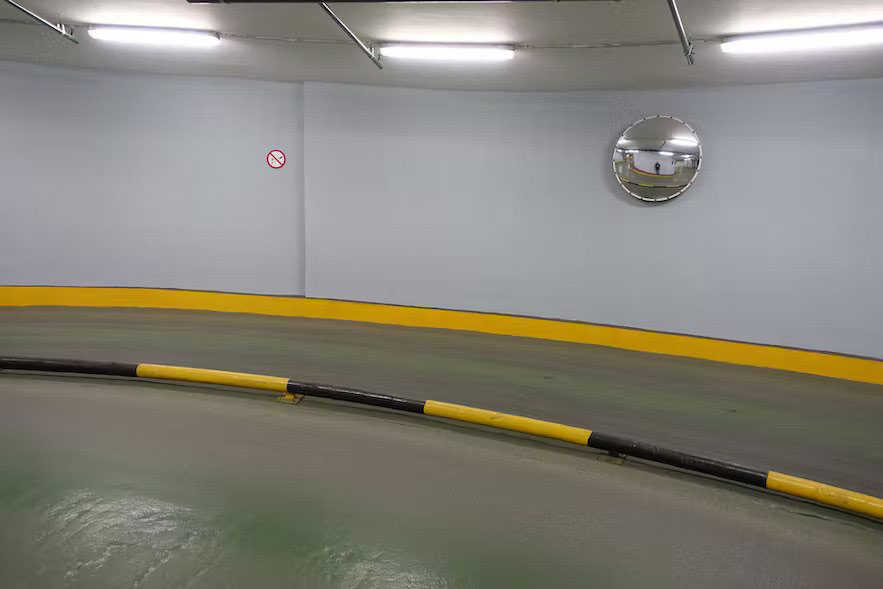
You can use negative space to create a design
Form
The form is a very challenging tool that, if used correctly, can improve minimal photography. The condition means representing the subject in a three-dimensional environment using shapes that induce a sense of depth. This goal can achieve through the creative arrangement of textures, patterns, light, and shadow in a frame.

Mastering the form can be challenging and complex, But if used correctly, it can give a three-dimensional appearance to a two-dimensional image.
Use symmetry
The use of symmetry in minimal architecture photography is prevalent. Symmetrical compositions are attractive because they create harmony and a sense of wholeness. These combinations can increase the order and balance of the scene.
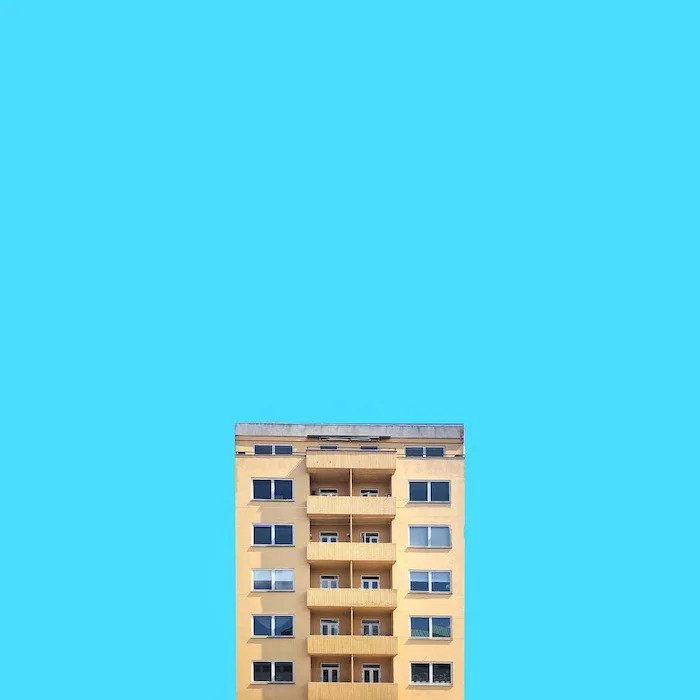
Minimal photography techniques
Now that you understand minimal photography composition, it’s time to learn minimal photography techniques to enhance the visual appeal of your photos.

Correct application of photography techniques can increase the level of your minimal photos.
Complementary colors
According to the color theory in photography, complementary colors are located in opposite directions or facing each other on the color wheel. Putting these colors together in a frame creates a solid visual contrast that makes images bold, dynamic, and aesthetically pleasing.
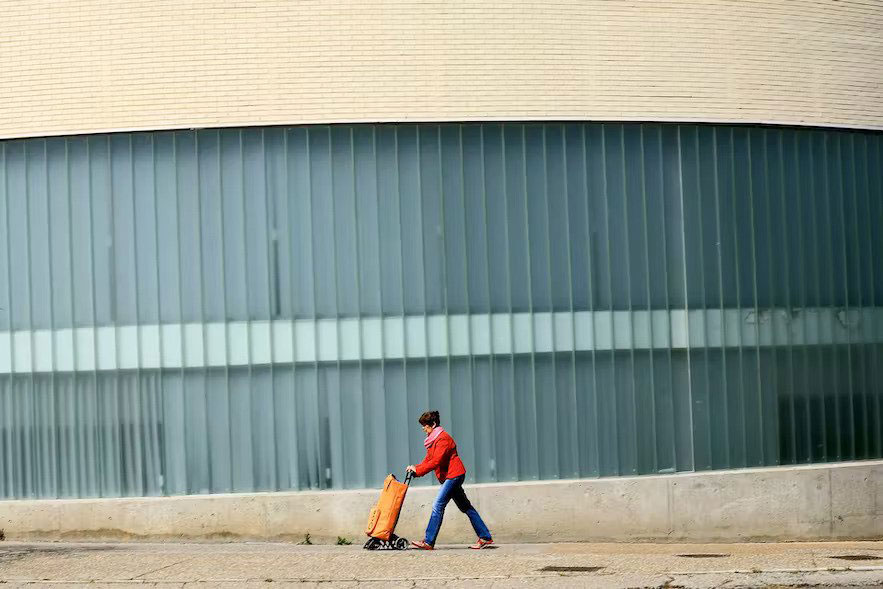
Complementary colors are used to help increase the appeal of the image
Complementary color schemes are a great way to add interest to minimal photos. These designs can improve the overall significance of the subject and, at the same time, create a sense of balance.
Black and white and monochrome photography
Recording minimal images in black and white or converting photos to monochrome photos in the final editing software can increase the visual impact of the picture. Monochrome photography without color distractions forces the audience to focus solely on the composition and subject and think about it. This photography technique is a great way to simplify the frame and communicate the essence and heart of the image.
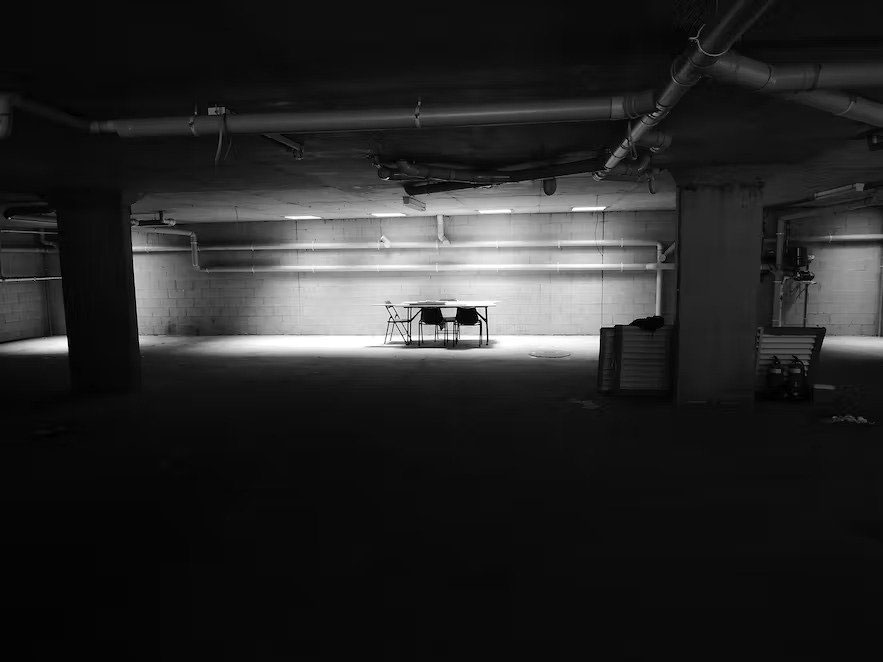
Black and white photos lead the audience’s eye directly to the subject
Long exposure
Long exposure photography is a technique that uses slow shutter speeds to blur motion while keeping still objects sharp. Using this technique in minimal photography can create surreal photos.

The extended exposure technique is an excellent way to record movement
Experience working with increased shutter speeds allows you to capture various activities to emphasize the subject or other elements of the composition. For example, you can achieve eye-catching images by blurring the clouds in the sky or the sea waves and emphasizing a particular subject.
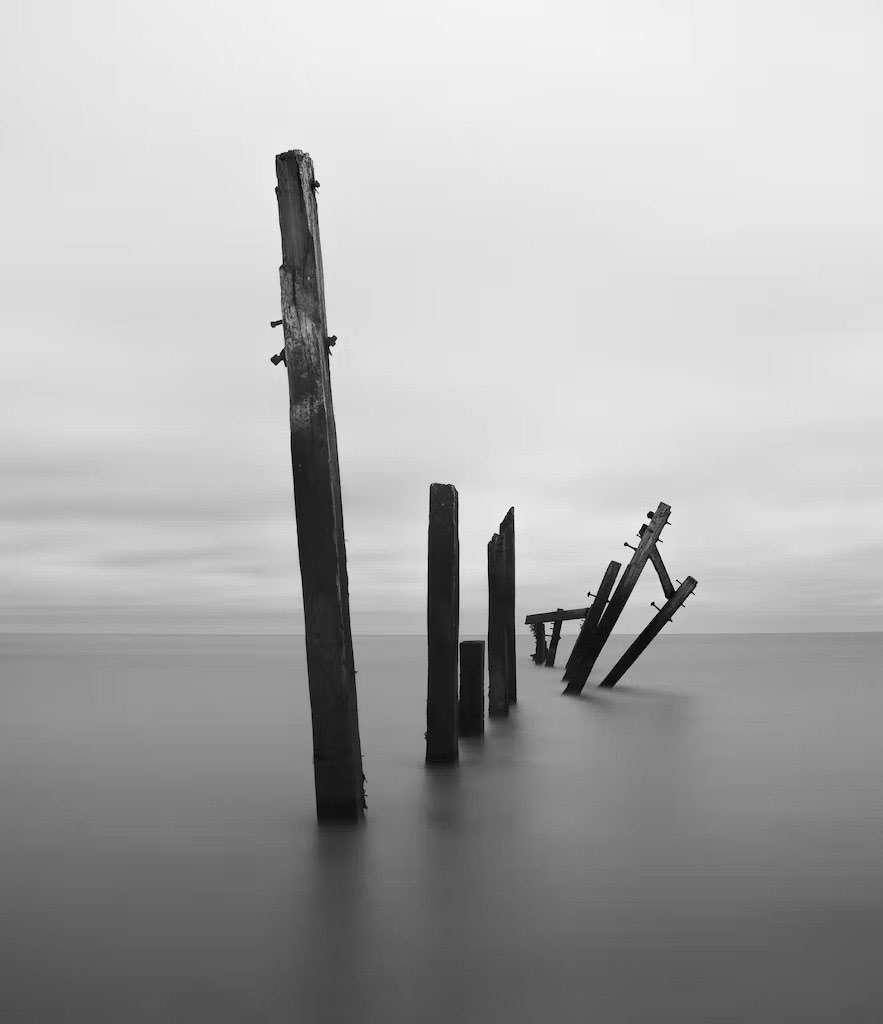
The extended exposure technique can create minimal photos during the day.
One of the most creative ways to use the extended exposure technique is to create minimal photos outdoors and during the day. You can remove all the extra elements, including people, by slowing down the shutter speed for a few minutes or even longer to create dreamlike images.
Types of minimal photography
The principles of minimalism can be applied to all types of photography, from portraits to landscapes to fashion. Still, implementing these principles depends on the environment in which you work. In this section, we examine the principles of minimal photography.
Landscape minimalism photography
Landscape photography is an excellent opportunity for minimal photographers; Because nature provides inspiring sources for isolation. First, start by looking at the negative space. For example, consider a vast sky or snow-covered ground as a background. Then focus on a subject, ensure it is in the correct position of the fra, and isolate the subject using negative space.
Capturing minimal photos in nature depends on the type of framing and background and elements you choose or remove. Examples of minimal landscape photography include a single tree in the snow or a mountain against a blue sky. You can photograph a flower or tree from a low angle against a blue sky background or pick up an object from the ground and capture it against the sky.

Minimal architecture photography
Architecture is another environment that has good results for minimal photography. Earlier in this article, we examined the components of a successful minimalist photo, one of which was lines and shapes. Architecture is full of bars and profiles; For this reason, it is considered a suitable option for minimal photography. When you place these lines relative to the negative space in the frame, you can change their position to lead the audience’s eye in a specific direction. Since buildings are located close to each other, especially in densely populated areas, you can remove redundant and misleading elements and play with symmetry in image editing programs.
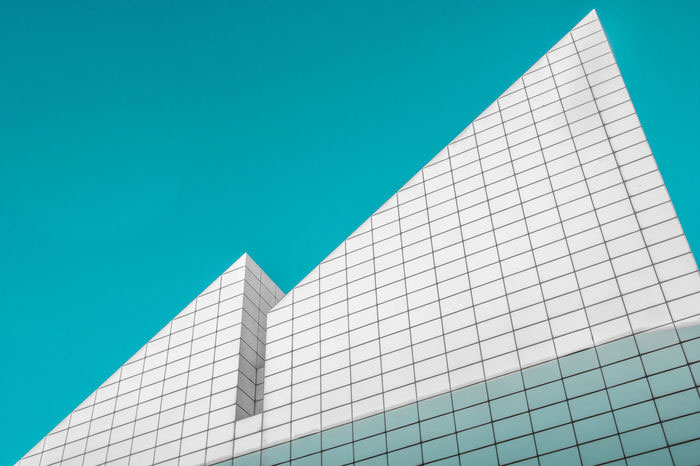
Minimal portrait photography
Although conventional portraits focus on the subject’s face, minimal portrait photography is slightly different. For example, you can place the model against a wall or a space instead of having the model take up most of the frame. Thus, the human subject becomes a minor component of the photo. In this situation, using negative space is the key to your success; Because, in this way, you can draw the audience’s attention to the subject and, at the same time, maintain the effect of the minimalist photo.
Another alternative is to focus on your subject’s body. For example, you can put a close-up of its face against a negative space and try working with silhouettes. In this case, the audience will only see a sketch of the subject against the background. Another advantage of these methods is that your minimalist photo creates a mysterious mood by emphasizing the details of the issue and placing it in a space.

Minimal wedding photography
The main goal of the minimalist wedding photography genre is to capture the subjects along with the guests while adding a minimal feel to the photos. You must change your approach slightly when combining minimalist photography with wedding photography. The simple way is to choose a location with a quiet background. For example, this background can be a large blank wall or an open space with a sky background.
Another essential point in minimal wedding photography is playing with colors in the final edit. For example, you can edit a black and white image to make it look minimal. Also, you can play around with your DSLR’s aperture settings to remove more background clutter.
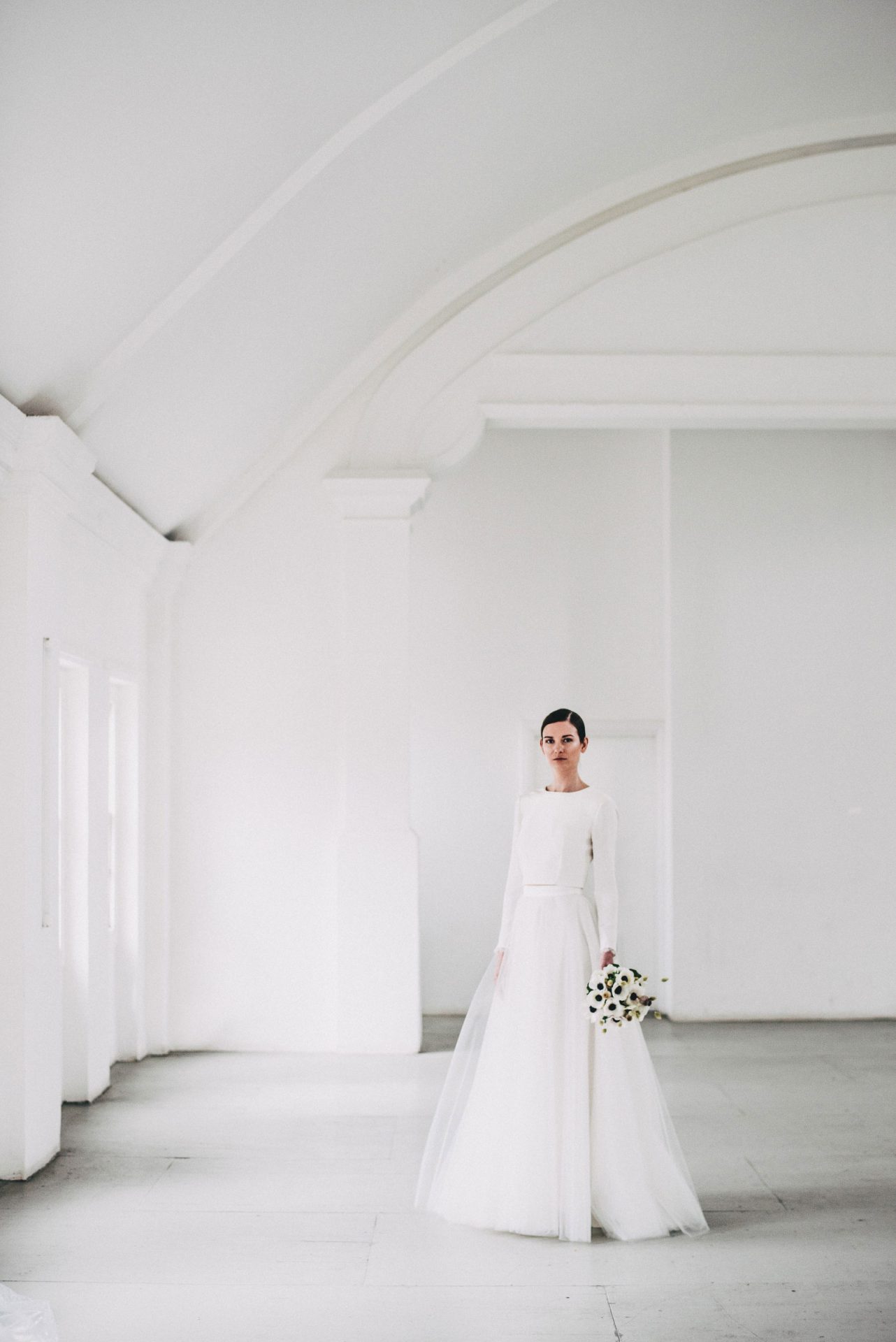
Minimal street photography
You can do street photography in any situation and time, but crowded environments are usually not suitable for street photography in a minimal way. However, minimal street photography can result in attractive and appropriate images under the right conditions.
In minimal street photography, go for simple backgrounds. Then, please wait for someone to enter the frame to photograph them in the right conditions. It is an opportunity to play with the contrast of light and dark or complementary colors; Because you can use both light and dark areas as negative space in minimal photography. Since your chance to capture perfect photos is limited when the subject enters the image frame, you can use the camera’s continuous shooting mode. That way, you can choose the best one from among the images later.

Minimal still life photography
Still, life photography is an ideal option for practicing minimalist photography. In this mode, you have complete control over the subjects and photo settings; As a result, you can remove any extra elements from the image. The thing to remember about minimalistic still life photography is what story you are trying to tell. Start by choosing a unique subject that is visually appealing. This subject can be an everyday object that you find at home. Then, select the lighting and background based on the mood you want to convey.
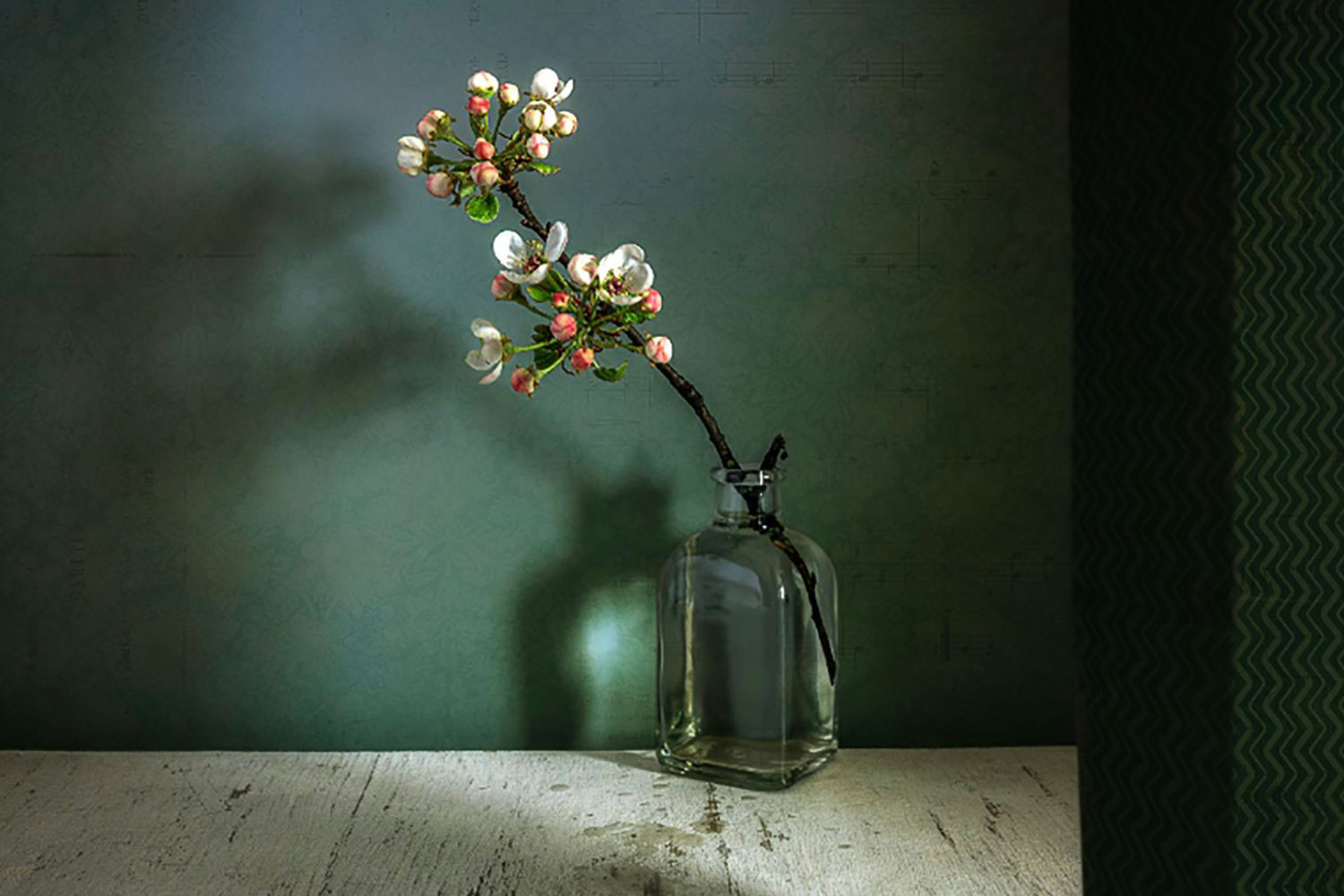
Minimal fashion photography
It is challenging to achieve minimal images with clothes and other accessories in fashion photography. However, that doesn’t mean that everything has to be black and white; Instead, you can dress the subject in a uniform dress and place it in front of a background of the same or complementary color. If the clothes have a lot of details, you can use a lot of negative space around the subject.
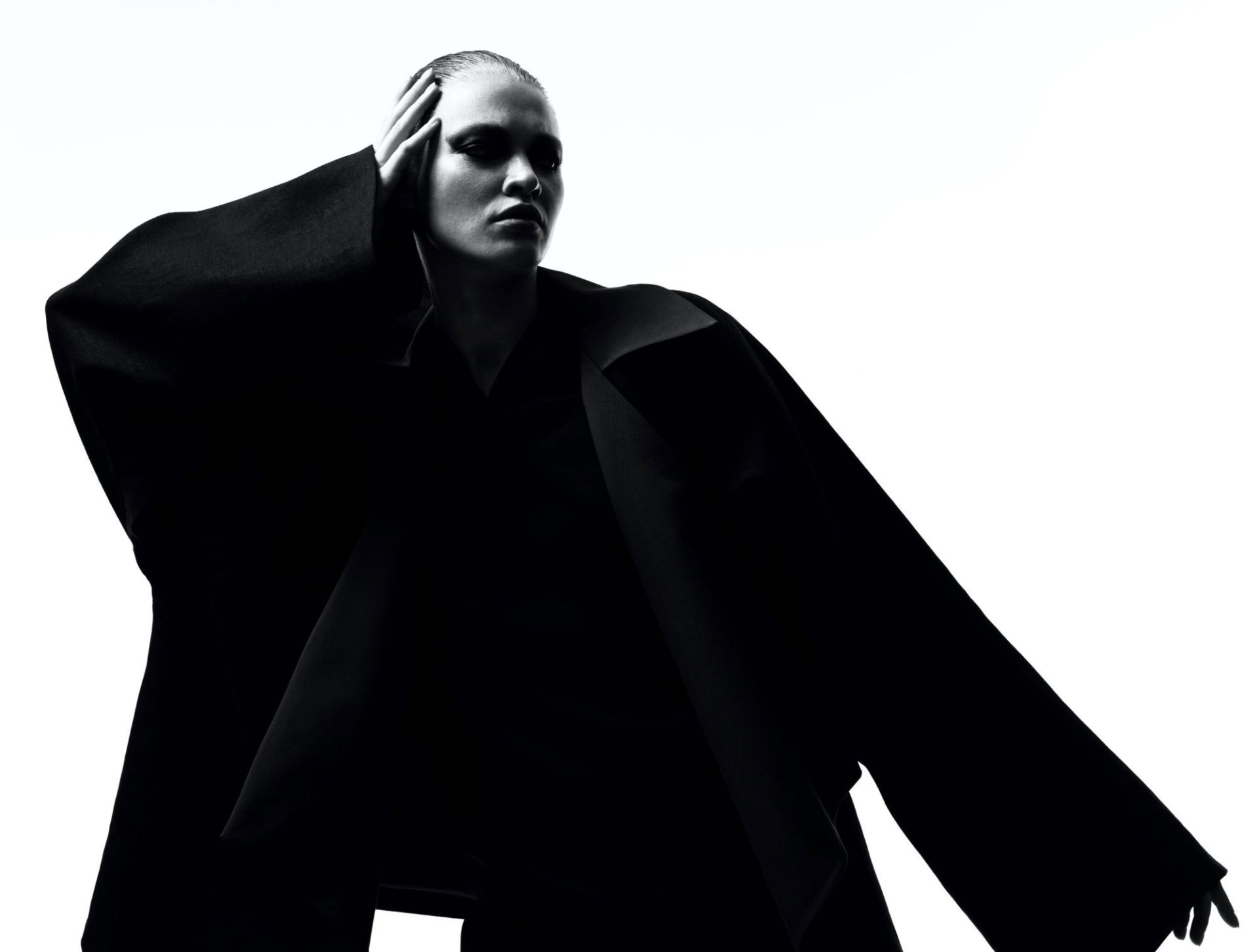
Final editing of images
According to many photographers, it is better to achieve the correct composition before anything else, But sometimes it is impossible to attain minimal design in the camera. In such a situation, you can use image editing software such as Lightroom and Photoshop or free versions to apply the final changes and achieve the desired result.
final word
Minimalism or minimalism in photography means the maximum use of the minimum number of subjects. You can convey profound messages and concepts with minimal photography and sometimes create beautiful surreal images. Negative space and expansive compositions play a prominent role in this genre of photography.
For this genre of photography, you must have a good understanding of composition, light, shadows, and textures, and by placing each of them optimally in the image frame, you will reach your desired output.










